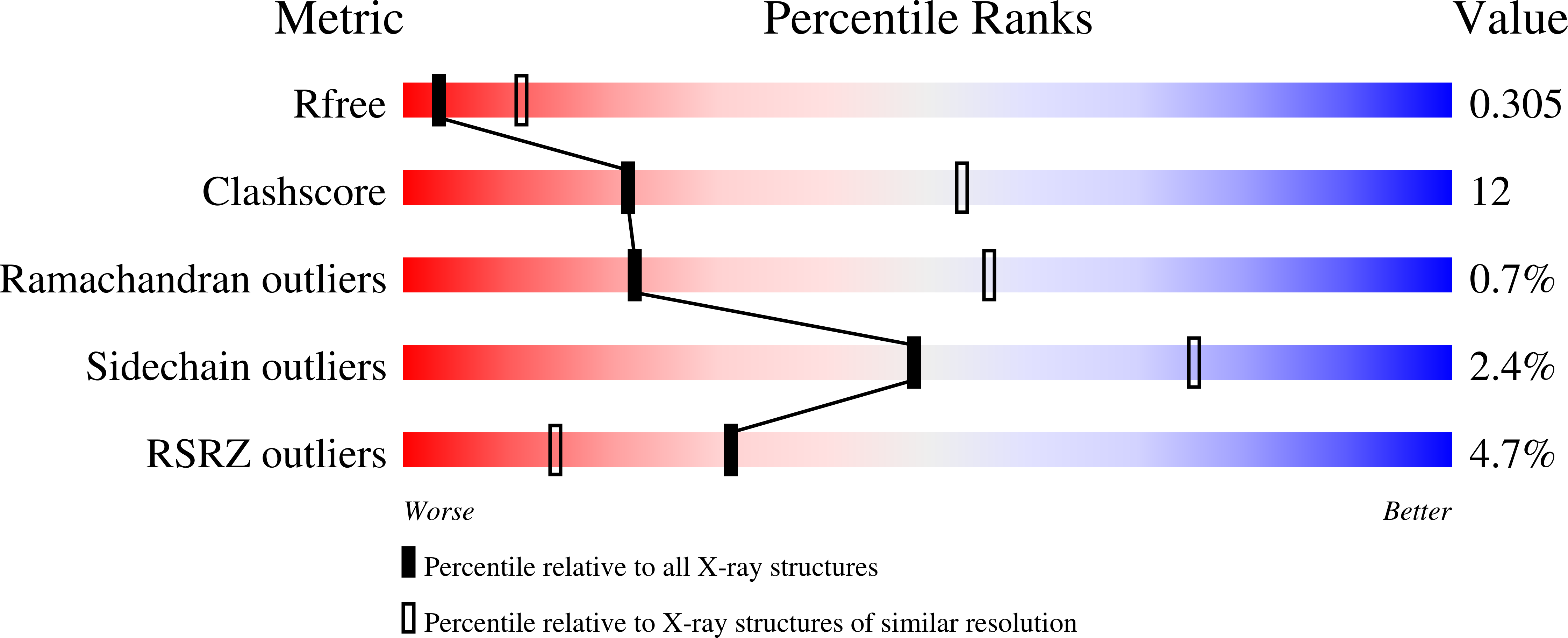
Deposition Date
2020-06-22
Release Date
2021-06-30
Last Version Date
2023-11-15
Entry Detail
PDB ID:
6XJ5
Keywords:
Title:
Carboxypeptidase G2 modified with a versatile bioconjugate for metalloprotein design
Biological Source:
Source Organism:
Pseudomonas sp. (strain RS-16) (Taxon ID: 312)
Host Organism:
Method Details:
Experimental Method:
Resolution:
3.11 Å
R-Value Free:
0.30
R-Value Work:
0.27
Space Group:
P 1 21 1


